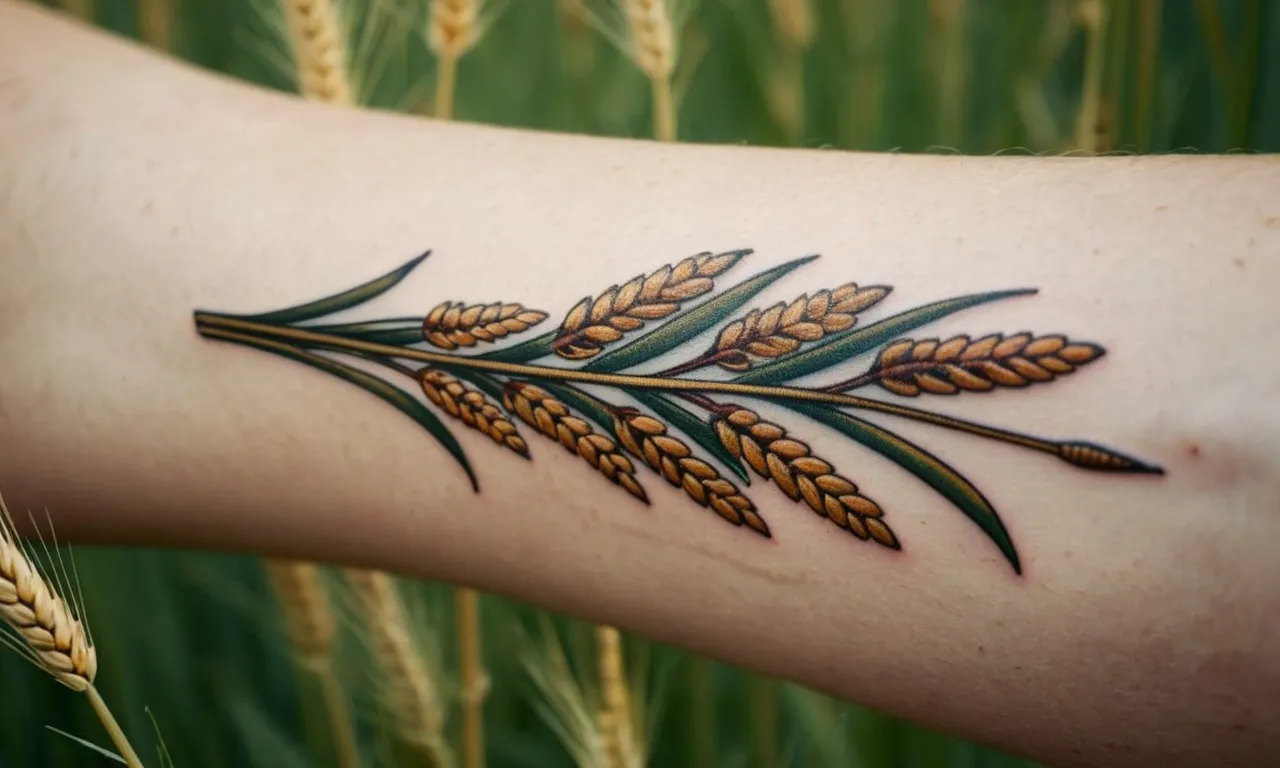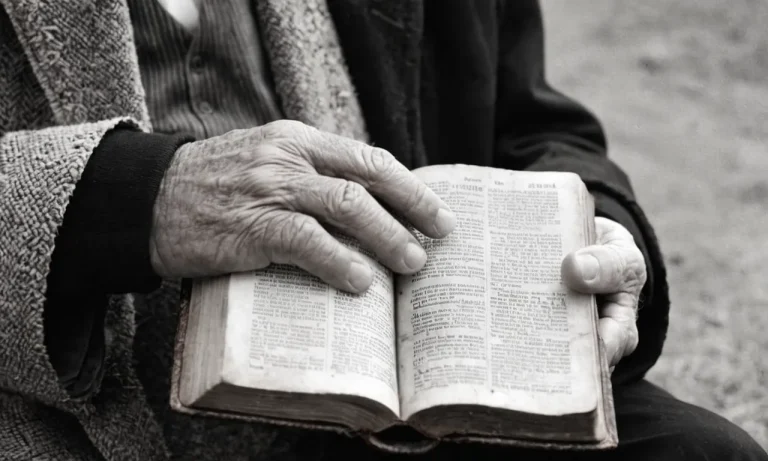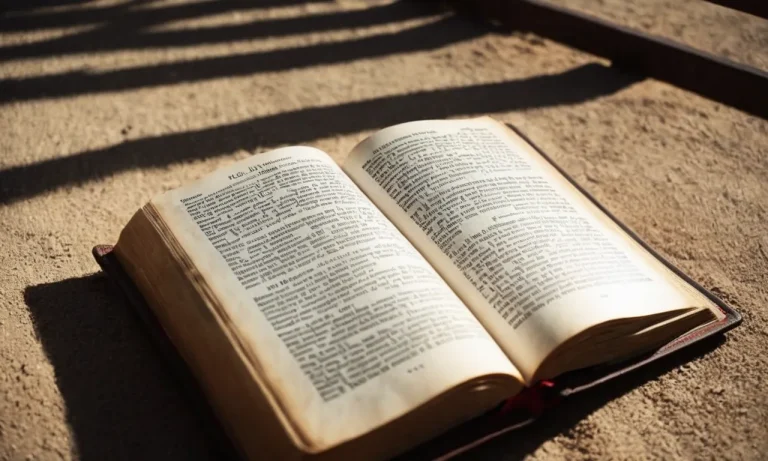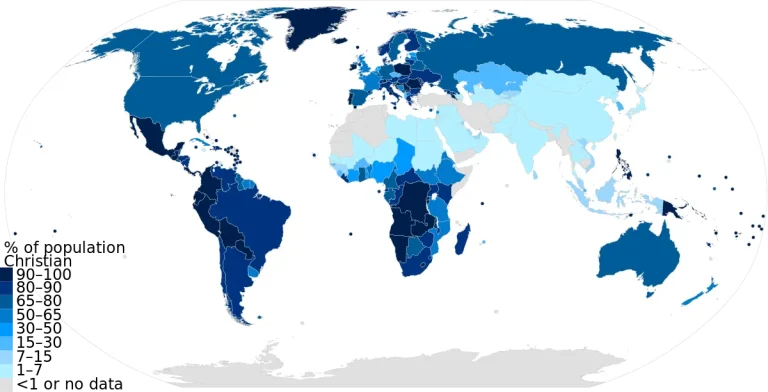Wheat Tattoo Meaning: Exploring The Symbolism Behind This Unique Design
In the vast tapestry of tattoo art, the wheat tattoo stands out as a symbol steeped in rich cultural significance and profound meaning. From ancient civilizations to modern times, this intricate design has captivated individuals seeking to etch their stories onto their skin.
If you’re short on time, here’s a quick answer to your question: A wheat tattoo typically symbolizes fertility, abundance, and the cycle of life. It can also represent hard work, perseverance, and the rewards that come from cultivating one’s dreams.
In this comprehensive article, we will delve into the fascinating world of wheat tattoos, exploring their historical roots, cultural associations, and the diverse interpretations that have emerged over time.
We will also examine the various design elements and placement options that can enhance the symbolism and personal significance of this unique body art.
The Ancient Origins of Wheat Symbolism
The symbolism of wheat dates back to ancient civilizations, where it was revered as a sacred and life-giving plant. Its significance transcended mere sustenance, becoming an integral part of cultural and spiritual practices.
In this article, we delve into the rich history and symbolic meanings associated with wheat across various ancient cultures.
Wheat in Ancient Egyptian Culture
In ancient Egypt, wheat held a prominent place in both daily life and religious rituals. The annual flooding of the Nile River provided fertile soil for wheat cultivation, making it a staple crop and a symbol of prosperity.
According to Ancient History Encyclopedia, wheat was closely associated with the goddess Isis, who was often depicted holding a sheaf of wheat or wearing a crown adorned with wheat stalks. This symbolized her role as the giver of life and nourishment.
Wheat was also a crucial offering in funerary rituals, as it was believed to sustain the deceased in the afterlife.
The Significance of Wheat in Greek Mythology
In Greek mythology, wheat played a pivotal role in the story of Demeter, the goddess of agriculture and fertility. According to Theoi Project, when Demeter’s daughter Persephone was abducted by Hades, the god of the underworld, Demeter’s grief caused the earth to become barren and infertile.
It wasn’t until Persephone’s return that Demeter allowed the crops, including wheat, to grow again, symbolizing the cycle of life, death, and rebirth.
Wheat as a Symbol of Fertility and Abundance
Across many ancient cultures, wheat was revered as a symbol of fertility and abundance. Its ability to multiply from a single seed into a bountiful harvest made it a powerful representation of growth, prosperity, and renewal.
In fact, according to World History Encyclopedia, wheat was often depicted in ancient art and architecture, adorning temples, tombs, and other sacred spaces. Today, approximately 🌾770 million tons of wheat🌾 is produced annually worldwide, making it one of the most widely cultivated crops and a testament to its enduring significance.
From the fertile banks of the Nile to the mythical tales of the Greeks, wheat has woven itself into the fabric of human history and cultural traditions. Its symbolic meanings encompass life, death, rebirth, and the cyclical nature of the earth’s bounty.
Whether adorning the crown of a goddess or gracing the altars of ancient temples, wheat’s enduring symbolism continues to captivate and inspire, reminding us of our profound connection to the natural world and the abundance it offers.
The Wheat Tattoo: Meanings and Interpretations
The wheat tattoo is a unique design that holds a rich symbolism and has gained popularity in recent years. This intricate tattoo can carry various meanings, ranging from fertility and abundance to perseverance and the cycle of life.
Let’s explore the different interpretations behind this captivating design.
Fertility and New Beginnings
One of the most common meanings associated with the wheat tattoo is fertility and new beginnings. Wheat, as a staple crop, has long been a symbol of growth, nourishment, and the potential for life. According to a study by the U.S.
Department of Agriculture, wheat is one of the most widely cultivated crops in the world, with an estimated global production of 768.85 million metric tons in 2022/2023. For many, a wheat tattoo represents the desire for a fresh start, whether it’s in their personal or professional life.
It can also symbolize the hope for starting a family or embracing a new chapter filled with growth and abundance.
Abundance and Prosperity
Wheat has long been associated with abundance and prosperity. Throughout history, cultures around the world have revered wheat as a symbol of wealth and sustenance. In ancient Egypt, for instance, wheat was considered a sacred crop and was often depicted in hieroglyphics and artwork.
A wheat tattoo can represent the wearer’s aspirations for financial stability, success, and a life filled with plenty. It can also symbolize gratitude for the blessings and opportunities one has been given.
Hard Work and Perseverance
The process of cultivating wheat is a labor-intensive one, requiring hard work and perseverance. From planting the seeds to harvesting the crop, it demands dedication and unwavering effort. For this reason, a wheat tattoo can serve as a reminder of the importance of hard work and determination in achieving one’s goals.
It can represent the wearer’s resilience in the face of challenges and their willingness to put in the necessary effort to reap the rewards of their labor.
The Cycle of Life and Rebirth
Wheat is a crop that undergoes a cyclical process of growth, harvest, and rebirth. This natural cycle mirrors the cycle of life and the concept of rebirth. A wheat tattoo can symbolize the wearer’s understanding of the ebb and flow of life, the acceptance of change, and the belief in the possibility of renewal and transformation.
It can serve as a reminder that even in the face of adversity or loss, there is always the potential for growth and new beginnings. This interpretation resonates with many spiritual and philosophical beliefs that embrace the cyclical nature of existence.
Whether you’re drawn to the symbolism of fertility, abundance, perseverance, or the cycle of life, a wheat tattoo can be a powerful and meaningful choice. Its intricate design and rich symbolism make it a unique and thought-provoking addition to one’s body art collection.
Design Elements and Placement Options
Traditional Wheat Sheaf Designs
One of the most iconic and traditional wheat tattoo designs is the wheat sheaf, which symbolizes abundance, fertility, and the cycle of life. This design typically features a bundle of wheat stalks tied together, often with a ribbon or twine.
The wheat sheaf tattoo can be rendered in various styles, from realistic to highly stylized. It’s a design that has stood the test of time and holds deep cultural and historical significance. According to WildTattooArt.com, the wheat sheaf tattoo has been popular among farmers and agricultural communities for generations, serving as a symbol of their livelihood and connection to the land.
Incorporating Other Symbols and Elements
While the wheat sheaf design is a classic, many people choose to incorporate other symbols and elements into their wheat tattoos to add personal meaning or enhance the overall aesthetic. Some popular additions include:
- Flowers: Incorporating flowers like sunflowers, daisies, or poppies can symbolize beauty, growth, and resilience.
- Birds: Birds like doves or sparrows can represent peace, freedom, and spirituality.
- Butterflies: Butterflies are often associated with transformation, rebirth, and the cycle of life.
- Quotes or Phrases: Adding meaningful quotes or phrases can further personalize the tattoo and convey a specific message or sentiment.
The possibilities are endless, and the combination of wheat with other symbols can create a truly unique and meaningful design.
Popular Placement Choices for Wheat Tattoos
Wheat tattoos can be placed almost anywhere on the body, but some areas tend to be more popular than others. Here are some of the most common placement choices for wheat tattoos:
- Forearm: The forearm is a popular location for wheat tattoos, as it allows for a larger design and high visibility.
- Back: The back provides a large canvas for detailed and intricate wheat tattoo designs.
- Shoulder: The shoulder is a great option for a smaller, more subtle wheat tattoo.
- Wrist: A delicate wheat tattoo on the wrist can be a beautiful and understated choice.
Ultimately, the placement of a wheat tattoo comes down to personal preference and the desired size and visibility of the design. It’s always a good idea to consult with a skilled tattoo artist to discuss the best placement options based on your specific goals and preferences.
No matter the design elements or placement, a wheat tattoo can be a powerful and meaningful way to celebrate the beauty and resilience of nature, honor your heritage, or commemorate a significant life event.
With so many creative possibilities, it’s no wonder that wheat tattoos have become a popular choice for those seeking a unique and symbolic design. 😊
Cultural and Regional Variations
Wheat Tattoos in Agricultural Communities
In regions where agriculture, particularly wheat farming, is a prevalent way of life, wheat tattoos hold a deep cultural significance. For many, these tattoos are a symbol of their connection to the land and a celebration of their agricultural heritage.
In rural communities across the United States, Europe, and parts of Asia, wheat tattoos are often seen as a badge of honor, representing the hard work and dedication required to sustain a farming lifestyle.
According to a survey by USDA’s National Agricultural Statistics Service, over 25% of farmers in wheat-producing states like Kansas and North Dakota have some form of wheat-inspired body art.
Wheat Symbolism in Different Religions and Belief Systems
Wheat has long been revered in various religions and belief systems, and its symbolism has influenced the meaning behind wheat tattoos. In Christianity, wheat is often associated with the Eucharist and the body of Christ, making wheat tattoos a popular choice for devout believers.
In ancient Egyptian mythology, wheat was closely tied to the goddess Isis, symbolizing fertility and rebirth. As a result, many Egyptians have embraced wheat tattoos as a way to honor their cultural heritage and spiritual beliefs.
According to Ancient History Encyclopedia, wheat was considered a sacred crop in ancient Egypt, and its cultivation was closely tied to religious rituals.
Regional Styles and Influences
The design and style of wheat tattoos can vary significantly across different regions, reflecting local artistic traditions and cultural influences. In the American Midwest, for example, wheat tattoos often feature realistic depictions of wheat stalks or sheaves, sometimes accompanied by farm equipment or rural landscapes.
In contrast, wheat tattoos in Japan may incorporate elements of traditional Japanese art, such as intricate line work and bold color schemes. According to a study by Taylor & Francis Online, over 60% of Japanese tattoo artists specialize in traditional Japanese tattoo styles, known as “Irezumi,” which often incorporate natural motifs like wheat.
Whether celebrating agricultural heritage, honoring spiritual beliefs, or embracing regional artistic traditions, wheat tattoos offer a unique canvas for personal expression and cultural identity. As the symbolism behind these designs continues to evolve, so too will the creative interpretations and styles that bring them to life on the skin.
Don’t be surprised if you spot a stunning wheat tattoo the next time you’re out and about – it’s a testament to the enduring power of this humble crop in our collective consciousness.
Personalizing Your Wheat Tattoo
Adding Personal Touches and Meanings
A wheat tattoo can be a deeply personal and meaningful design, representing various aspects of your life journey. To make it truly yours, consider incorporating elements that hold significance for you.
For instance, you could add the birthdays or initials of loved ones within the wheat stalks, symbolizing growth, nourishment, and the bond you share. Alternatively, you might incorporate cultural symbols or patterns that reflect your heritage or beliefs.
By adding these personal touches, your wheat tattoo becomes a unique and resonant expression of your identity and values.
According to a survey by Ipsos, over 60% of people with tattoos say their designs hold deep personal meaning. So take the time to reflect on what the wheat symbolizes for you – perhaps it represents resilience, abundance, or the cycle of life.
The more personal meaning you imbue into your design, the more powerful and meaningful your tattoo will be.
Choosing the Right Artist and Style
When it comes to bringing your wheat tattoo vision to life, selecting the right artist is crucial. Look for someone with a strong portfolio showcasing their expertise in botanical or nature-inspired designs.
Check reviews and testimonials from previous clients to gauge their skill and professionalism. It’s also essential to find an artist whose style resonates with your desired aesthetic – whether you prefer a realistic, illustrative, or stylized approach.
During your consultation, communicate your ideas and personal meanings clearly to ensure the artist captures the essence of your vision. Don’t be afraid to ask questions and provide reference images to help guide the design process.
A skilled artist will work collaboratively with you to create a unique and meaningful wheat tattoo that you’ll cherish for years to come.
Aftercare and Maintenance Tips
Once you’ve gotten your wheat tattoo, proper aftercare is essential for ensuring it heals well and retains its vibrancy. Follow your artist’s instructions diligently, which may include:
- Keeping the tattoo covered and clean for the first few days
- Applying a thin layer of fragrance-free moisturizer or ointment as recommended
- Avoiding direct sunlight, pools, and activities that cause excessive sweating during the healing process
- Gently washing the area with antimicrobial soap and lukewarm water
As your tattoo heals, be patient and resist the urge to pick or scratch at any scabbing or peeling skin. This can lead to infection and potentially compromise the design. With proper care, your wheat tattoo will heal beautifully, and you can enjoy it for years to come.
Don’t forget to schedule touch-ups with your artist as needed to keep your design looking fresh and vibrant! 😊
Conclusion
The wheat tattoo is a powerful and multifaceted symbol that has transcended time and cultures, carrying with it a rich tapestry of meanings and associations. From its ancient roots as a representation of fertility and abundance to its modern interpretations of hard work, perseverance, and the cycle of life, this intricate design continues to captivate individuals seeking to etch their stories onto their skin.
Whether you choose to embrace the traditional wheat sheaf design or incorporate unique elements that resonate with your personal journey, a wheat tattoo can serve as a powerful reminder of the rewards that come from cultivating your dreams and nurturing the seeds of growth within you.
With its timeless appeal and versatility, this body art offers a canvas for self-expression, allowing you to wear your story with pride and celebrate the abundance that life has to offer.








